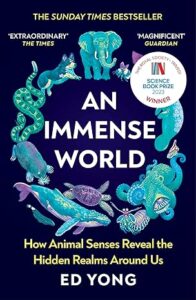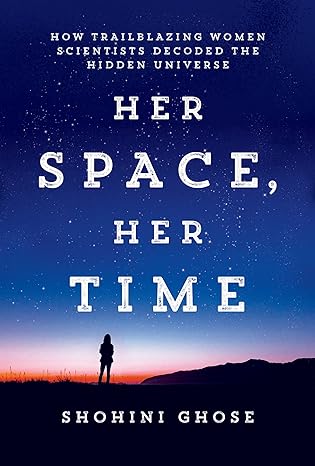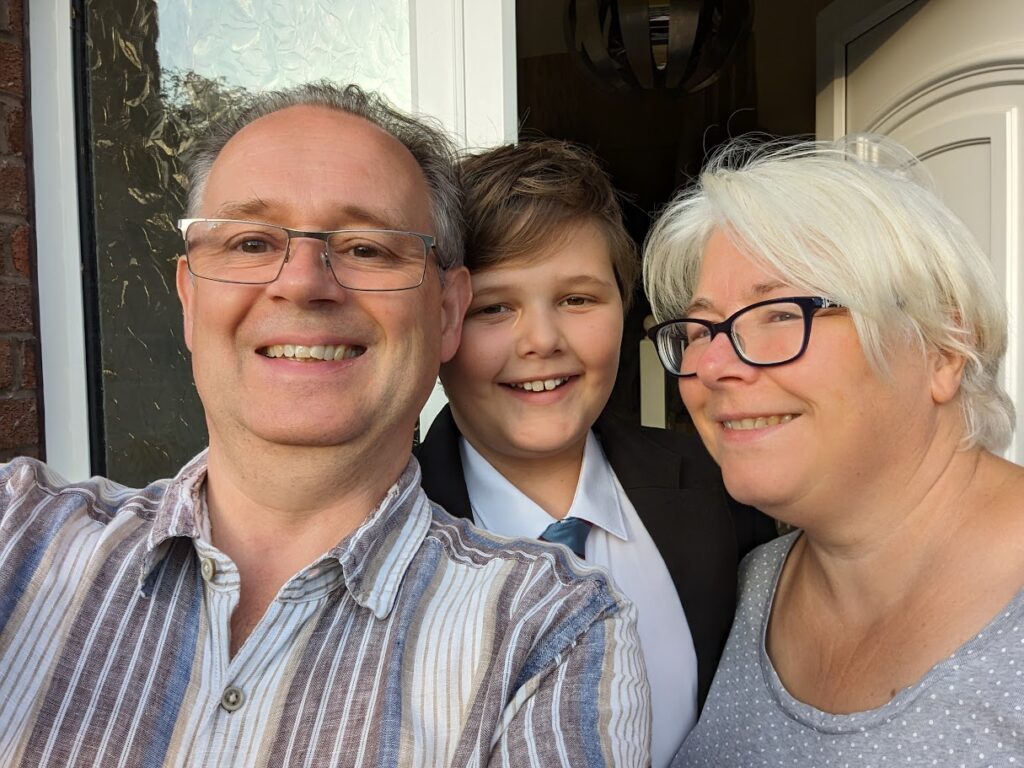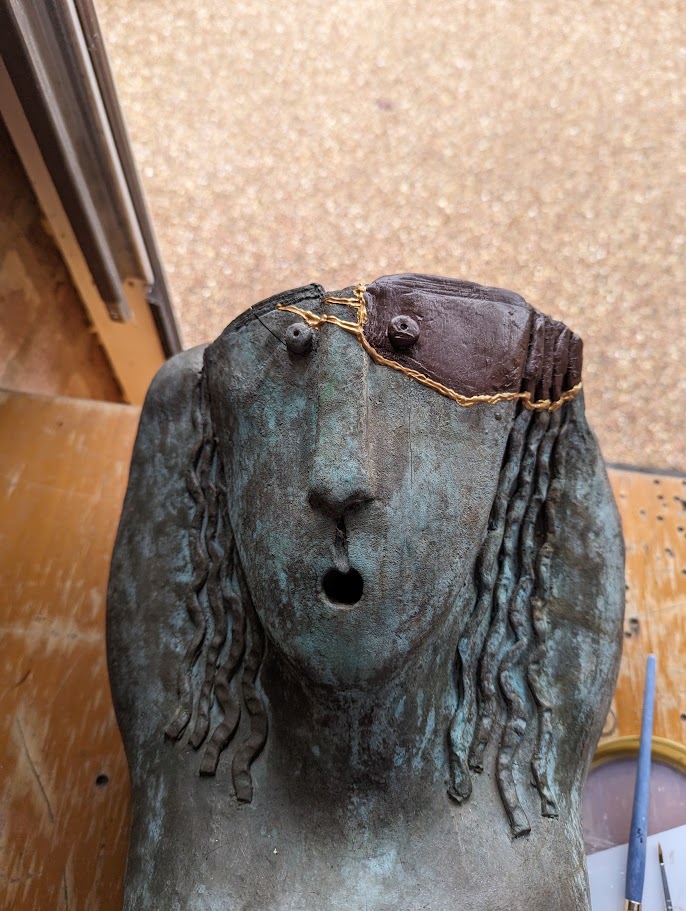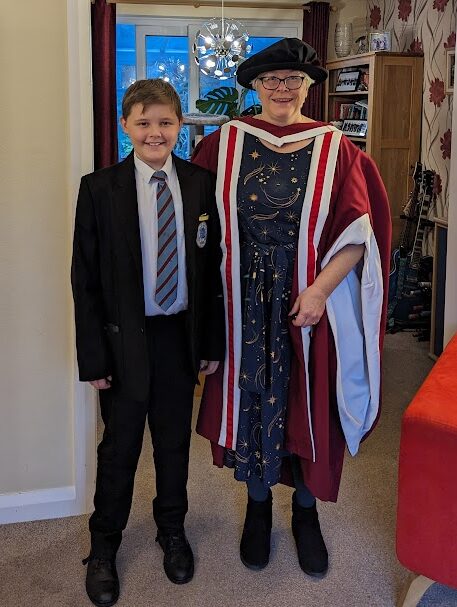My next review is for Crypt by Professor Alice Roberts, this is one of a sequence of three books on archaeology and history centred around burials. I reviewed Ancestors a couple of years ago which covered the prehistoric period. Crypt covers the second millennium of the current era, the third book, Buried, covers the first millennium and is on my reading list.
In common with Ancestors, Crypt considers seven burials across a period of time – in this case the medieval period – from about 1000CE to 1500CE. The burials are a launch point for a wider discussion covering archaeology, genetics, disease pathology and history. It is the study of DNA from ancient bodies that has been the biggest innovation over the last 25 or so years, and it has been applied to a lot of existing archaeological collections as well as new digs. It can show how diseases have emerged and evolved over the period of human history.
“Crypt” is not a particularly accurate description of the burial sites, the chapters look at a mass grave in Oxford (in a ditch) whose members met violent ends, a leper colony near Winchester, Thomas Beckett’s (possible) burial at Canterbury Cathedral, burials at Norton Priory near Runcorn showing evidence of Paget’s disease, plague pits and evidence for the Black Death, the Mary Rose and the skeletons of otherwise healthy men, finishing with a burial at a church in York and syphilis.
In contrast to Ancestors this book has much more historical material, understandably since Ancestors covered prehistoric burials.
The book starts with the discovery of 35 skeletons in a ditch in Oxford, primarily young men who had met a violent end. Ultimately this was linked to Æthelred the Unready’s edict to kill Danes in England dated to 1002CE in the Anglo-Saxon Chronicles. Although the carbon dating initially indicated the skeletons were from a slightly earlier period, isotope analysis suggested they had a diet very high in fish, which is know to lead to systematically older carbon dating. It also suggest that the skeletons may have belonged to Danes, whose economy was very dependent on fishing. Contemporary reporting of the massacre was limited but picked up after the Norman invasion as some sort of justification for the invasion.
Leprosy was spreading in the 11th century – possibly as a result of the Crusades. The second chapter of Crypt concerns the hospital on Magdalene Hill on the outskirts of Winchester. 100 graves were excavated of which 85% had inhabitants afflicted by leprosy – this is very clear from skeletal evidence. The hospital was founded around 1000CE, in this period hospitals were starting to be founded but the line between hospital and monastery/abbey was blurred. In the modern era PCR analysis has shown that many have leprosy without symptoms.
In some senses the chapter on Thomas Beckett is anomalous, it is almost entirely historical. On his well-documented death he was quickly made a saint and his tomb at Canterbury Cathedral, featuring a special alcove for his severed scalp, became a site of pilgrimage. The archaeological interest is because none of the tomb of St Thomas remains, it was removed by Henry VIII during the Dissolution who also comprehensively clamped down on celebration of St Thomas. The chapter also talks about the politics between the local royalty and the Roman church.
The chapter on Norton Priory, near Runcorn, brings things home for me – I live just down the road in Chester. The new visitor centre looks rather fine. The focus here is on Paget’s Disease which is a disorder of the bone which is more common in north west England, and used to be more common generally. As a disease it is still a bit of a mystery. Norton Priory has a very high incidence of Paget’s in its graveyard – as many as 3 in 20 skeletons show evidence of the disease.
Paget’s disease and leprosy both show clear signs of disease on the bone, the Black Death on the other hand, does not since it kills its victims in days, or even hours giving little time for bone to be affected. This means that genetic methods are used to diagnose the disease in ancient remains. They were first applied to the Black Death around 2000 but the results were disputed with the identity of the disease micro-organism for the Black Death only confirmed as Yersinia pestis in 2011. It has been identified in victims of the earlier Justinian plague.
For Roberts the Mary Rose is a significant part of her childhood memories, as it is for me – many of us around the age of 50 will remember the raising of the Mary Rose shown on an old CRT TV in the school assembly hall. The interest in the Mary Rose is that the anaerobic silt of the Solent preserved the skeletons of its crew very well and nets to prevent boarders meant many men were trapped on the sinking ship. The primary interest here is in counting the dead, best estimates are rather below the historical figures suggesting that the ship may have been under-crewed. The skeletal pathologies are also of interest – what was the impact of the types of activities that sailors and fighting men undertook on their skeletons.? The Mary Rose is also the home of a large cache, over 100, of English long bows – very few of these famous weapons have been preserved – in fact the Wikipedia article cites only three other examples not from the Mary Rose.
Crypt finishes with an unusual burial in a York church, (All Saints on Fishergate) and syphilis. The burial is unusual because it is a pit burial in the apse of the church. The buried skeleton contains crater-like lesions characteristic of advanced syphilis. The origin of syphilis is still a mystery, there has long been a “Columbian Hypothesis” that Columbus brought syphilis back from the New World (in exchange for a wide range of diseases brought from the Old World) – however genetic analysis has failed to find the syphilis bacteria in remains prior to 1492 in either the New or Old World. The burial is thought to have been of an anchoress, possibly Lady Isabella Germann, buried around 1493.
The disease pathology sections are interesting but can be quite lengthy, I noticed this particularly in the chapter on the skeletons of the Mary Rose in the discussion on the skeletal features arising from archery – it all became clear when Roberts writes of this topic “…this had formed the backbone of my PhD”!
Reading this book it becomes clear that the various diseases mentioned, leprosy, syphilis, and Black Death went through periods of high prevalence across human history -this is covered in Peter Frankopan’s book The Earth Transformed. The bubonic plague – the disease responsible for the Black Death, is covered in Simon Schama’s book, Foreign Bodies, at least for the 19th century outbreak.
I enjoyed this book, so much so that I have just bought the last (for me) of the sequence.


